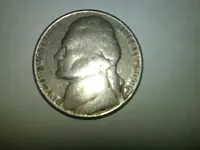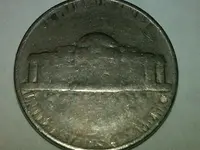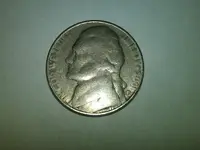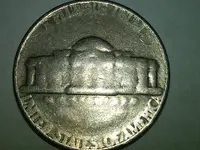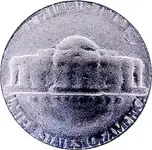Dirt Player
Greenie
- Joined
- Feb 26, 2012
- Messages
- 18
- Reaction score
- 18
- Golden Thread
- 0
- Location
- Panama City, Florida
- Detector(s) used
- Tesoro Vaquero
AT Pro
- Primary Interest:
- Metal Detecting
- #1
Thread Owner
Got this nickel back in change and think it is a mint error. Same blurry effect on both sides, I think it it is a grease error but hav enot seen a two sided one yet, please help.
Thanks
Thanks



